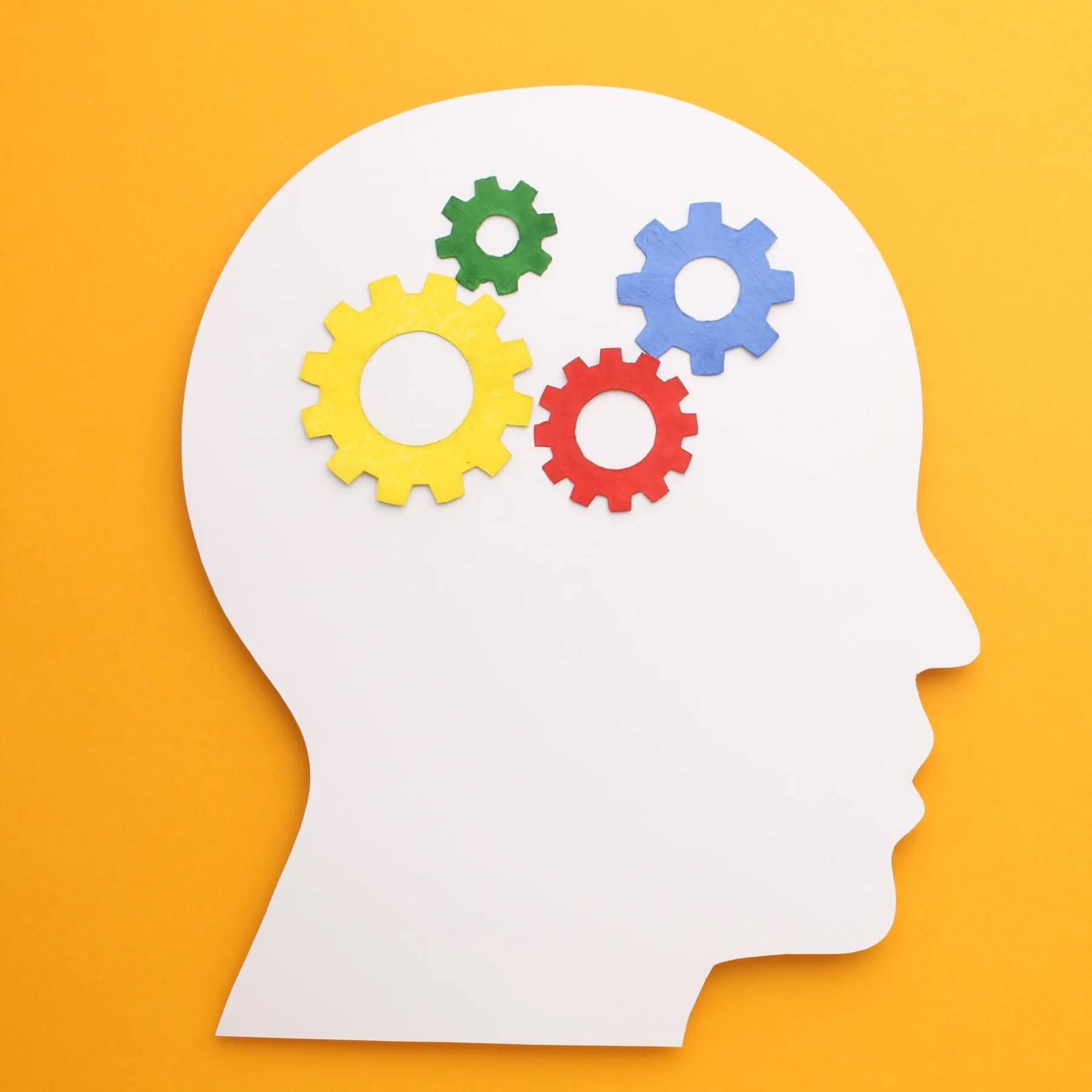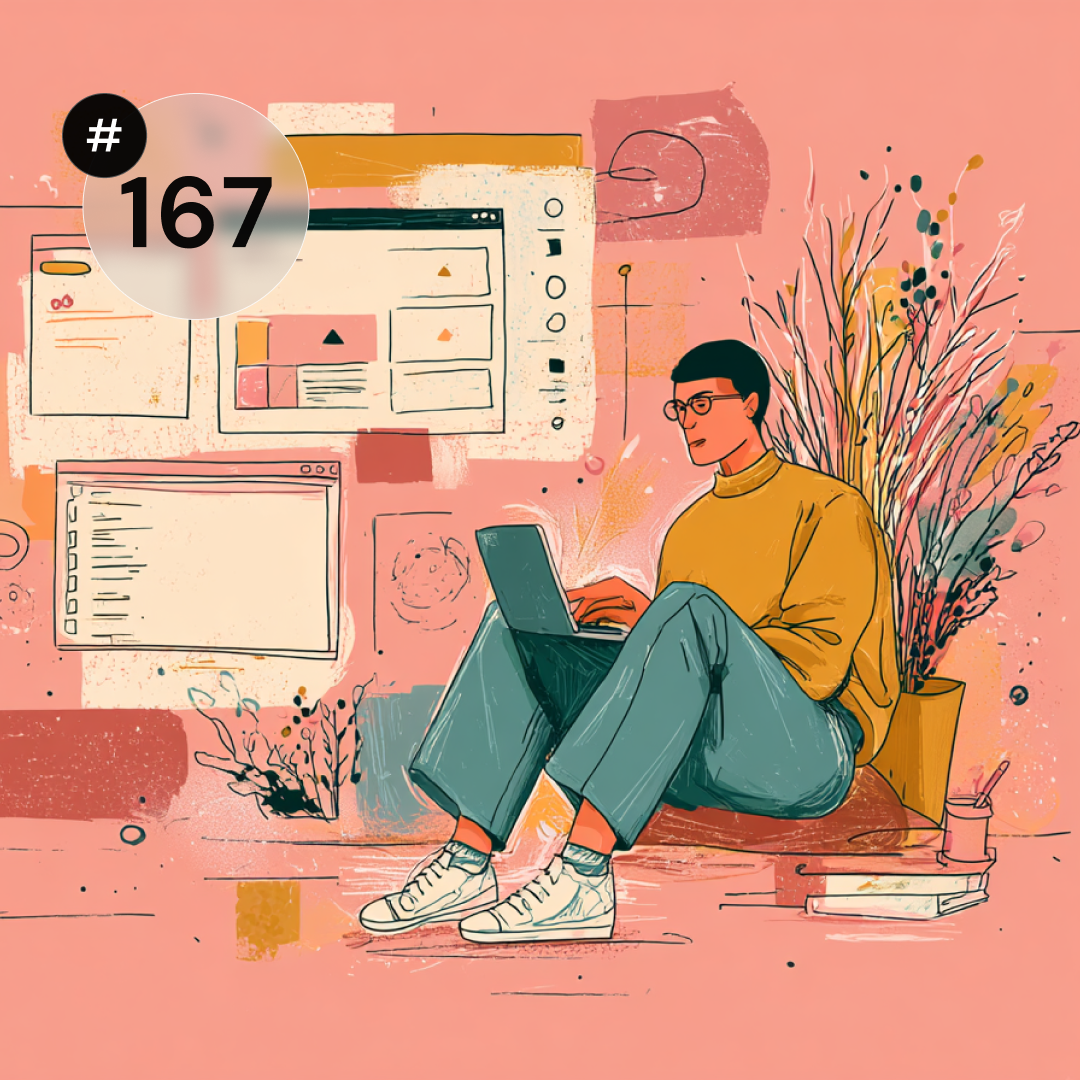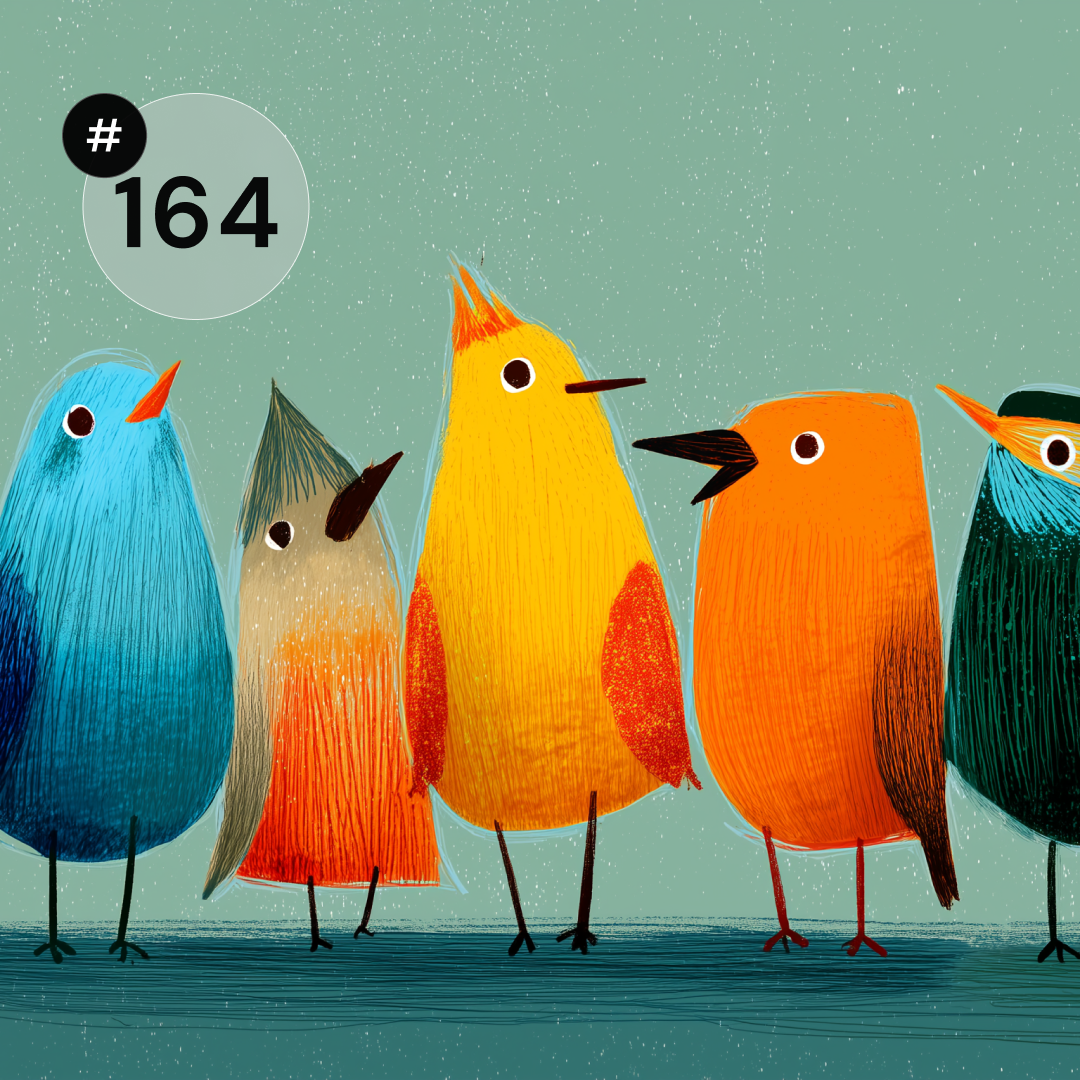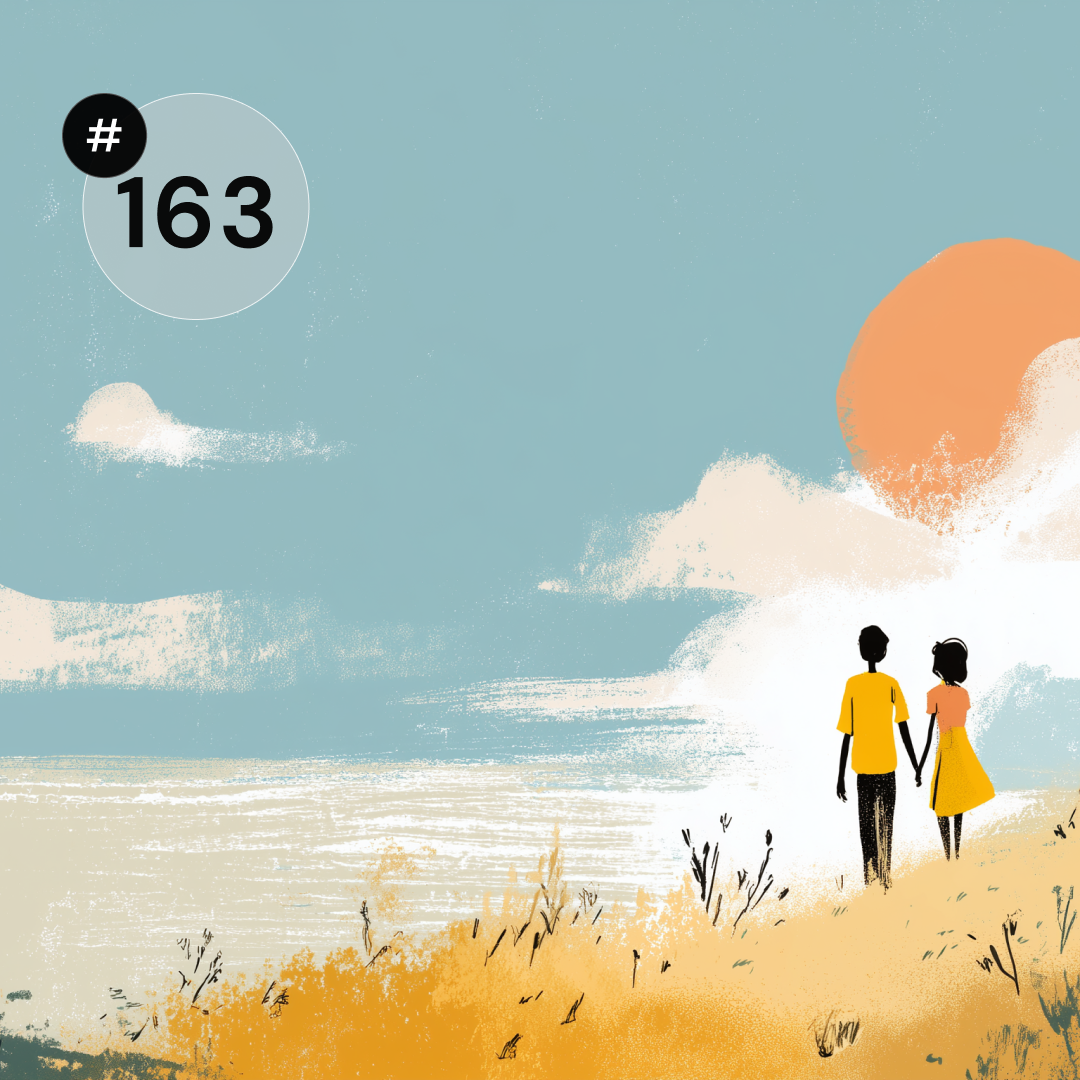Today is Cheap Wine Day, however, we do not suggest that we follow the classic saying that “alcohol destroys gray cells, but the weakest ones; then only the elite remain in the brain.” Especially since celebrating with your head you will probably find time to read the texts from today's compilation. Their authors address the issues of design decisions based on mental models, domain knowledge and structured requirements. There are also a handful of tips in the context of aesthetics and neutrality of interfaces.
Mental models and cognitive resources of users
begin by post Adam Fard, a short guide to the methods of discovering mental models and the possibilities of their use in the design process. For the second leg we recommend entry from Creative Navy resources, where you will learn how to support user focus when using the interface using design patterns that require less involvement of cognitive resources.
Project brief
Andrew Terehin suggests how to prepare a project brief to help understand and organize the client's requirements. Article explains in which areas the brief can improve the process of creating a website or application, when it is necessary and what such a document should contain.
Digital products based on domain knowledge
Text Mateusz Rosiek from Boldare describes Domain-Driven Design (DDD), an approach to designing complex systems based on multiple, diverse data sources. In addition to the definition of DDD and the explanation of the basic terms, the author shares comments on the advantages of the described concept and the difficulties of including specialized knowledge in the design process.
Golden division and interface design
Kelley Gordon of NN Group presents the concept of using the golden ratio in the design of attractive and easy to assimilate interfaces. The explanation of the theoretical foundations of creating aesthetic, balanced compositions is supplemented by examples with the selection of the layout of the sections on the page, the size of the text and graphics.
Gender in the language of interfaces
Autocorrect, which with the stubbornness of a maniac improves the tips from female to male, apparently rolls its sails, and feminatives are increasingly appearing in public space. By entry on the topic of language neutrality used in interfaces, Bartłomiej Sura from Mobee Dick encourages us to face the issue of linguistic respect for our diversity and follow new trends.












